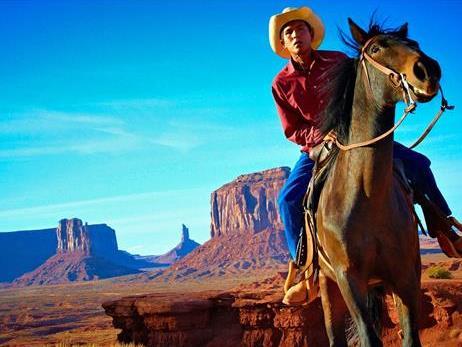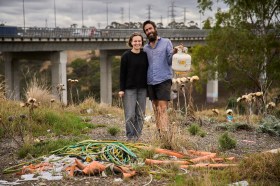With the State Elections scheduled for 28 March, the current NSW government has been making some strong promises to the arts sector if it were to be re-elected.
First was the announcement of $600 million to transform Sydney’s “cultural ribbon” into the cultural hub of Asia, with earmarked upgrades for Sydney Opera House and Walsh Bay.
It was followed, the day later, with an announcement that the Powerhouse Museum was forecast to move West to Parramatta as part of a $300 million commitment to bolster the cultural infrastructure of the region and better balance the East/West cultural divide.
While this reeks of serendipitous political timing, this decision was based on a report jointly commissioned byby The Sydney Business Chamber, along with Parramatta, Liverpool City and Penrith City Councils.
The key findingof the report – Building Western Sydney’s Cultural Arts Economy – a key to Sydney’s success – was a radical imbalance between Sydney’s population.
David Borger, Western Sydney Director of the Sydney Business Chamber, puts it flatly in the report’s opening words: ‘It’s time the two million residents and 150,000 businesses of Western Sydney were given the opportunity to develop their talents and experience cultural assets closer to home.’
‘New analysis by Deloitte Access Economics shows in the Sydney CBD, the NSW Government invested on average $63 per capita. In Western Sydney the average investment is just $15 per capita,’ said Borger.
‘Western Sydney represents 10% of Australia’s population yet it only receives 1% of Australian Government Arts Program funding, this is not good enough and now is the time to make changes,’ added Borger.
Drilling that statistic down exclusively to the State, 5.5% of NSW Government Cultural Arts funding heads West while the region represents 30% of NSW’s population.
Geographically, while connected, “the west” holds a dispersed footprint that makes it harder to concentrate potency as a cultural precinct. One of the reports agendas is about recognising culture as an integral component of new business and to attract creative thinkers to prosper a broader community. The report even cites examples of successful cultural precincts – Newark, New Jersey (USA), Brooklyn Academy of Music, New York, and Shanghai in China – as gleaming models.
Clearly, Sydney’s West joins a global trend that recognises cultural economy, however the kind of “cultural ribbon” or “precinct” it aspires is a harder to achieve due to its geographic spread.
In recent years we have witnessed several “city-based” arts organisations extend programming to Western Sydney – C3 West in collaboration with the MCA, Kaldor Public Art Projects, umbrella events of Sydney Festival and Art Month Sydney tours and programming.
These bolster significant local programming by signature venues such as Parramatta’s Riverside Theatres, Liverpool’s The Joan Sutherland Performance Arts Centre, Blacktown Arts Centre, Casula Powerhouse, Penrith Regional Gallery & Lewers Bequest, Campbelltown Arts Centre, Parramatta Artists’ Studios, Connect Studios, and major events Loy Krathong, Parramasala, Winterlight – to mention a mere few.
Is it enough?
To illustrate the case Mayor of Penrith, Cr Ross Fowler OAM said: ‘Each year around 350,000 people come through the doors of Penrith’s cultural facilities, including 400 students each week at our Conservatorium of Music. Penrith has the only conservatorium in NSW whose programs are not funded by government. Our students travel from across Western Sydney for their musical education. This alone highlights a great inequality in arts funding to the west.’
But this cultural funding strategy is not just about bolstering the operations of existing arts organisation located west, rather it is about shifting the zeitgeist and driving employment and infrastructure.
‘Cultural investment creates communities and attracts businesses. Increased arts funding has the potential to transform the region, it is a good long term business and social investment for the Government to ensure Western Sydney is a place where people not only work but also want to live,’ said Borger.
The report outlines 12 recommendations critical to realising this potential. Key among those are:
1. Relocation of the Powerhouse Museum to Western Sydney
2. Commitment of an extra $300 million for cultural infrastructure (buildings) in Western Sydney over the next five years (2015–2020)
3. That Arts NSW doubles the current amount of program funding provided to Western Sydney through its Arts and Cultural Development Program (ACDP) ($3million additional per year).
4. Fund investigations into the merits of establishing a permanent external performing arts venue (i.e., “music bowl’) in Western Sydney
5. As a first priority, co-fund (with relevant Councils) the planning and development of the redevelopments of new large scale cultural art venues in the four Regional City Centres
Will the government elected later this month deliver? Many are keen to know. What is assured is that there is no turning back on this financial-demographic discrepancy. A light has been shone West and everyone is looking at how that will be addressed.





